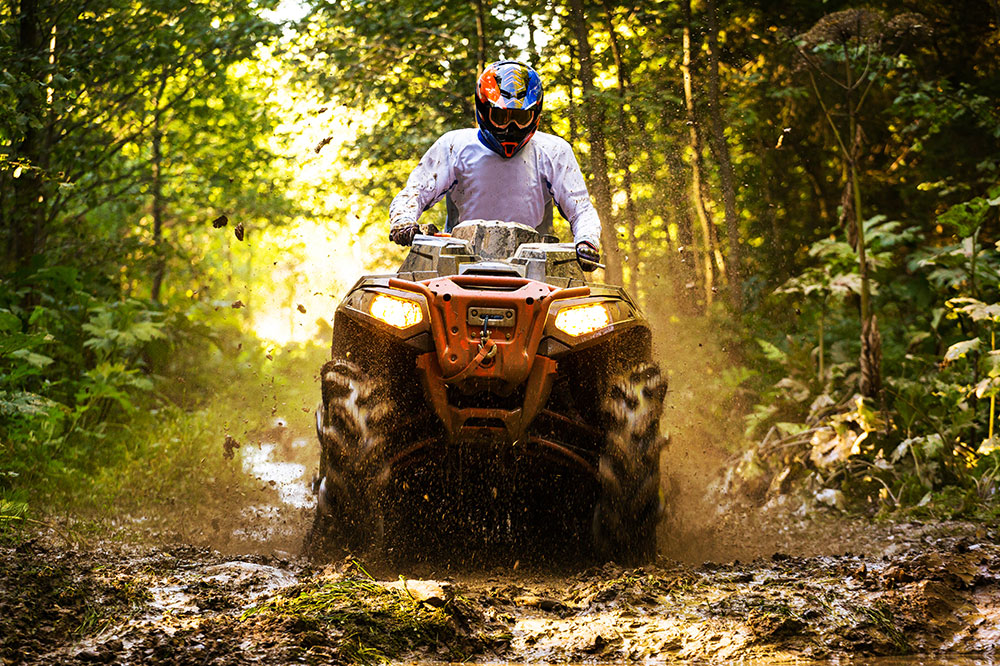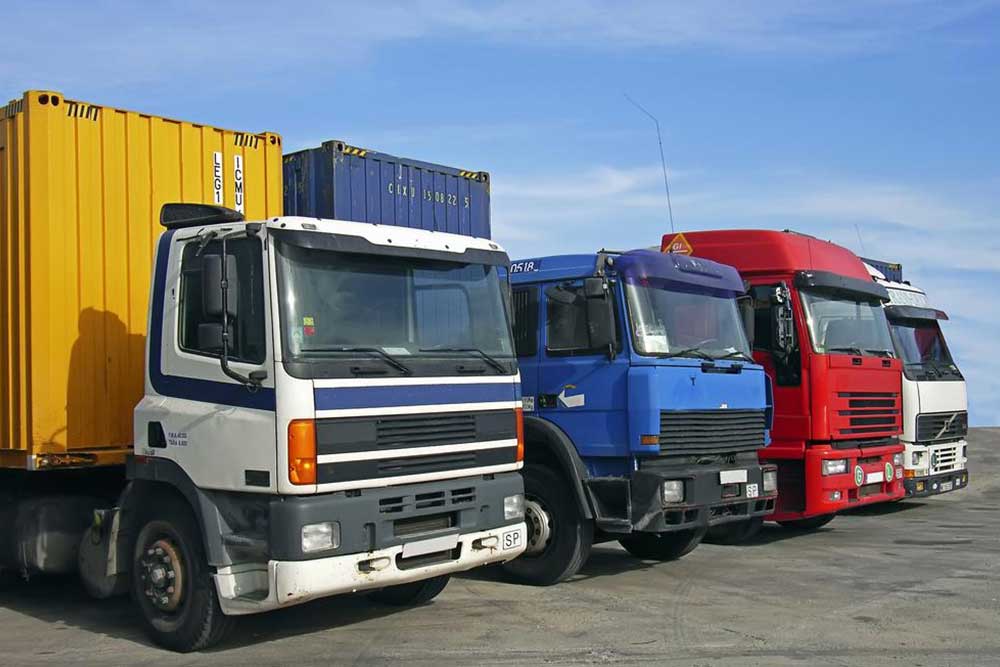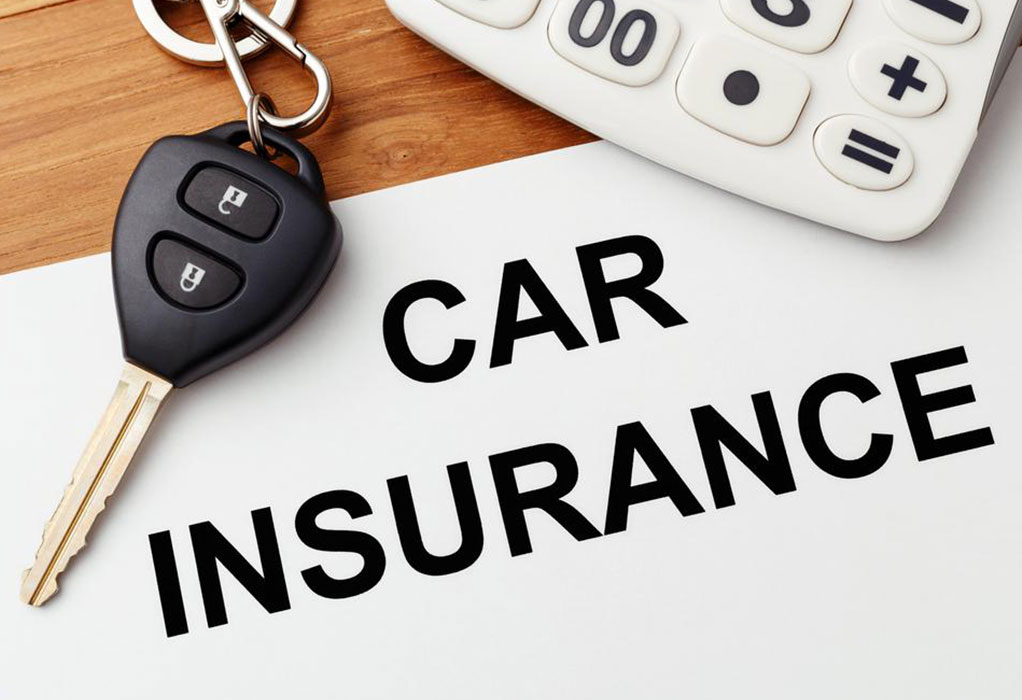Essential Guide to ATV Insurance Coverage
This comprehensive guide explains essential ATV insurance coverage options including collision, comprehensive, liability, and optional benefits. It highlights what is covered, exclusions, and practical tips for riders to stay protected and compliant with local laws when off-roading or riding recreationally. Consult with insurers to find suitable policies and understand deductible costs for optimal coverage.
Sponsored

An all-terrain vehicle (ATV), also called a quad or four-wheeler, is a motorized off-road vehicle designed for recreation and utility. Protecting your ATV with proper insurance is crucial, whether you ride on your property or off-road trails. Many parks and trails require proof of insurance for entry. Having the right coverage safeguards you legally and financially against accidents and damages, ensuring peace of mind during your adventures.
What does ATV insurance include?
Collision Coverage: This covers repairs if your ATV is damaged in a collision with another vehicle or flips over. Similar to other insurance plans, it involves deductibles—consult an expert for optimal coverage and deductible amounts. If your ATV isn't high-value, you might skip this to save costs, as claims will only pay out the ATV's current worth.
Comprehensive Coverage: This protects against theft, vandalism, natural disasters like fire, earthquakes, and floods. Like collision coverage, it includes deductibles. Filing a claim reimburses you for your ATV's value, so if your vehicle isn't valuable, optional coverage might be unnecessary. Speak to your insurer to choose the best plan for your needs.
Liability for Bodily Injury: This covers medical costs and legal fees if your ATV causes injury to another person. It has per-person limits that vary by policy—discuss with an agent for specifics.
Property Damage Liability: Covers damages your ATV causes to third-party property, like homes or other private belongings. Limitations depend on your policy, typically matching or lower than bodily injury limits.
Medical Payments: This optional coverage helps pay for medical expenses from accidents involving your ATV, such as hospital stays or surgeries.
Uninsured/Underinsured Motorist: Protects you if injured due to an uninsured or underinsured driver. Since many riders skip insurance, this coverage is valuable in protecting against third-party negligence. It remains optional but highly recommended.
What ATV insurance does not cover? Generally, damages from organized racing or competitive events are excluded unless you purchase specialized policies. Recreational and commuting use within private property is typically covered, but public road use often isn't, depending on local laws.
Important tips for ATV riders:
Most ATVs are designed for single riders—overloading can be dangerous.
Respect weight limits to avoid accidents or damage.
Only owners should operate the ATV to ensure liability stays clear.
Never ride under influence—alcohol or drugs impair judgment and safety.
Secure your ATV in a locked garage to prevent theft or unauthorized use.
Riding on highways or public roads is generally prohibited; check local laws for exceptions.
Consult local insurance providers to find tailored policies that fit your riding habits and ensure comprehensive protection for your ATV.






